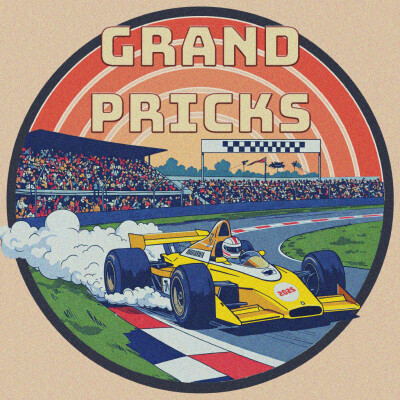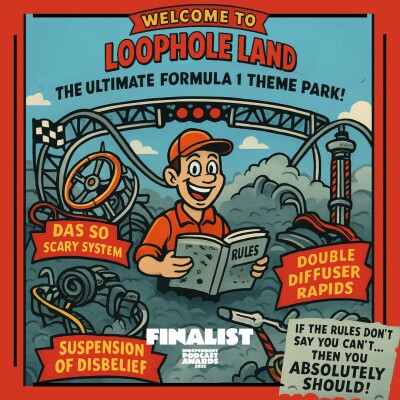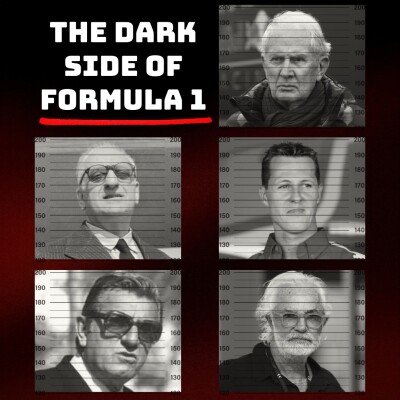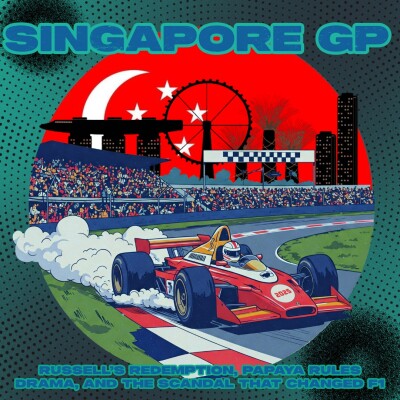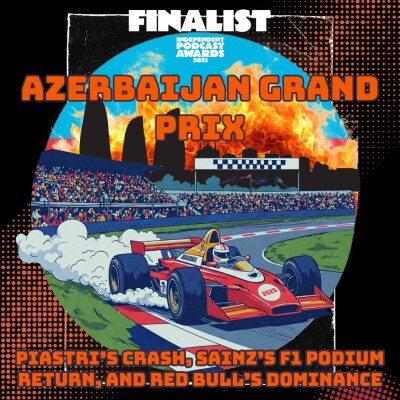Description
Formula 1 has always been more than just the fastest drivers and the most glamorous races; it’s also a game of innovation, creativity, and finding ways to bend the rules without breaking them. In this deep-dive episode of Grand Pricks, we explore the fascinating history of how F1 teams have exploited loopholes in the technical regulations of Formula 1, creating what often feels like the ultimate cheat codes of the sport.
The FIA’s rulebook has been tested, twisted, and reimagined by some of the smartest engineers in motorsport. These innovations often skate right on the edge of legality, forcing the governing body to clarify, rewrite, or outright ban technologies that threaten the competitive balance of F1.
One famous example is the Mercedes DAS system (Dual-Axis Steering). Introduced in 2020, it allowed drivers to adjust the toe angle of the front wheels by pulling or pushing on the steering column. The FIA permitted it for one season before banning it in 2021, declaring it an unfair advantage.
Similarly, McLaren’s F-Duct system in 2010 gave drivers the ability to stall the rear wing by using their leg to block an air duct, reducing drag on straights and boosting top speed. Rivals quickly copied it, and the FIA eventually shut it down.
But these are just the tip of the iceberg. Go back further in Formula 1 history and you’ll find the ground effect concept, pioneered by Colin Chapman and Lotus in the late 1970s. By shaping the car’s underside like an inverted wing, teams created huge amounts of downforce, but at the cost of safety.
Another innovation was active ride suspension, introduced in the early 1990s. This system used computer-controlled hydraulic actuators to dynamically adjust a car’s ride height, stiffness, and rake in real time. By 1994, the FIA stepped in again, outlawing the system for giving too much of an advantage.
What all these examples show is that Formula 1 is as much about the battle of engineering and innovation as it is about racing wheel-to-wheel on track. Every season, teams search for small performance gains, whether it’s in aerodynamics, suspension, tires, or fuel systems. When one team finds a loophole, others rush to copy it before the FIA steps in. This constant cycle of innovation, regulation, and reinvention is what makes Formula 1 a never-ending technical arms race.
In this episode, we break down how these innovations shaped the sport, why some were banned, and how loopholes have continued to define Formula 1 across the decades. So buckle up and join us on this journey into the grey areas of Formula 1’s rulebook.
We’ll be back next week with a new race episode for the Singapore Grand Prix. Make sure to subscribe so you don’t miss it!
Follow us on socials:
TikTok: https://www.tiktok.com/@grandprickspodcast
Instagram: https://www.instagram.com/grandprickspodcast/
X: https://x.com/grandprickspod
YouTube: https://www.youtube.com/@Grandprickspodcast
Hosted on Ausha. See ausha.co/privacy-policy for more information.
